Just outside Mildura, cultural rangers forage on Country, collecting native seeds to bank and regrow.
They’re working for a commercial wholesale venture, Belar Nursery and Biocultural Resource Centre, on the southern outskirts of Mildura, which includes a cultural heritage seed bank.
Indigenous seed banks help to preserve the cultural heritage of First Nations people and rehabilitate damaged land and waterways in this part of the Murray–Darling Basin.
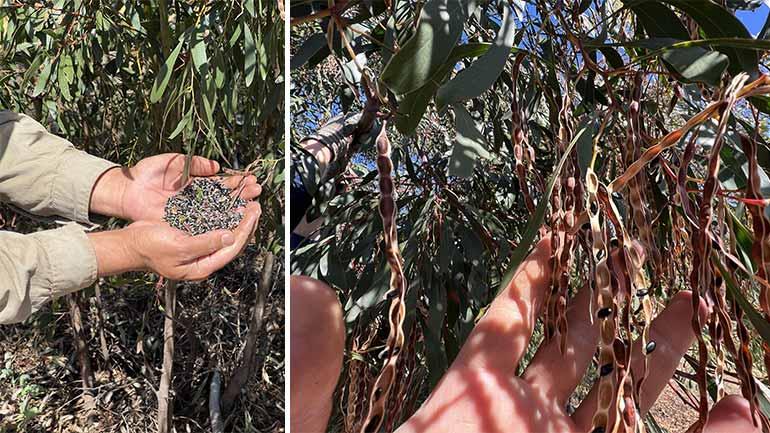
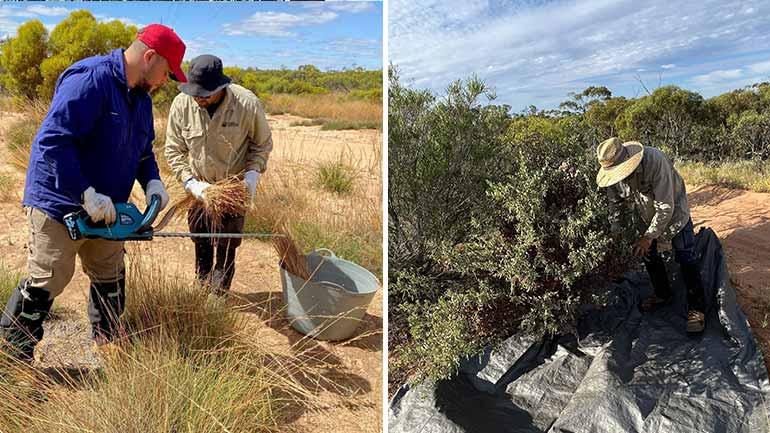
Cultural heritage seed bank and Belar Nursery
Belar Nursery manager, Sheridan Stephens explained the cultural rangers only collect seeds from the Murray Mallee and Lower Lowan Mallee.
"Initially, we were just cultivating seeds for revegetation programs. Now we’re also collecting and growing local acacias for edible seeds to be planted at our seed production site located nearby at Birdwoodton.
We’re a young enterprise and our efforts are focused on growing endemic species harvested traditionally, such as quandongs and Amaranthus grandiflorus – a native cereal grain also called native quinoa.
Cultural rangers will also grow gluten-free wattle seeds and native perennial grasses along with murnong, or wild yam.
The Birdwoodton property, which is still in development, will also be the new site for the seed production facility and the cultural rangers."
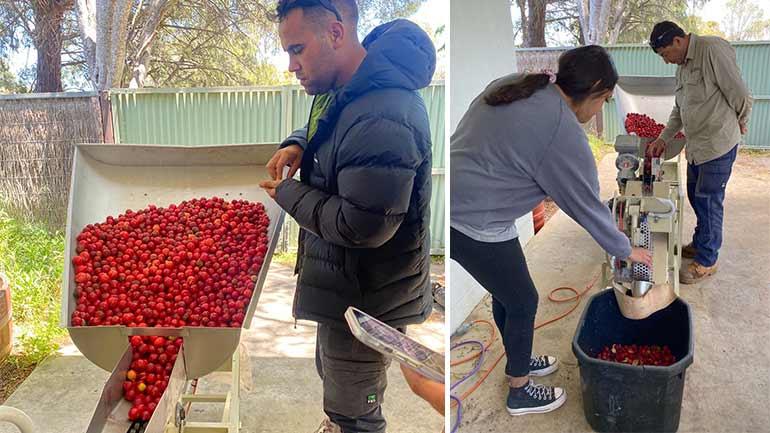

Run solely by the First People of the Millewa-Mallee Aboriginal Corporation, Belar Nursery has plans in place with the cultural heritage seed bank to produce 10 times the amount of stock in 2023 than it did in 2022.
"Our long-term plan is to grow 60 species, some of which are edibles or bush tucker to sell, while progressing Aboriginal leadership of Victoria’s native food and botanicals industry. Our goal is to make the products available for the national wholesale market."
Ms Stephens explained they also need a huge volume of seeds to meet their 2027 biodiversity target to supply the Belar Nursery along with the revegetation industry in the bioregion of north-western Victoria, south-western NSW and eastern South Australia.
As well as seed and plant production, Belar Nursery staff take part in cultural awareness engagements in schools, promoting traditional uses of plants as food, fibre and botanicals.
"Our programs provide employment opportunities for our First Nations people. They empower Traditional Owners to reconnect and regain cultural connection to Country, become leaders in this field, and re-engage with knowledge that has been lost."
Safe Haven Program (Ned’s Corner)
Another rehabilitation project under their belt is the Safe Haven Program at Ned’s Corner – a 30,000-hectare conservation reserve in the far north-west of Victoria, bordering Murray-Sunset National Park and the Murray River, and home to almost 1,000 species.
“The 2-year BushBank project sees more than 50,000 plants in a 170-hectare pod each year at Ned’s Corner. Belar Nursery staff grow these plants from seeds collected by the cultural rangers and seed bank team.”
Many of our activities overlap and interconnect because we can provide so much across all program areas, including cultural heritage management plans and integrated water management."
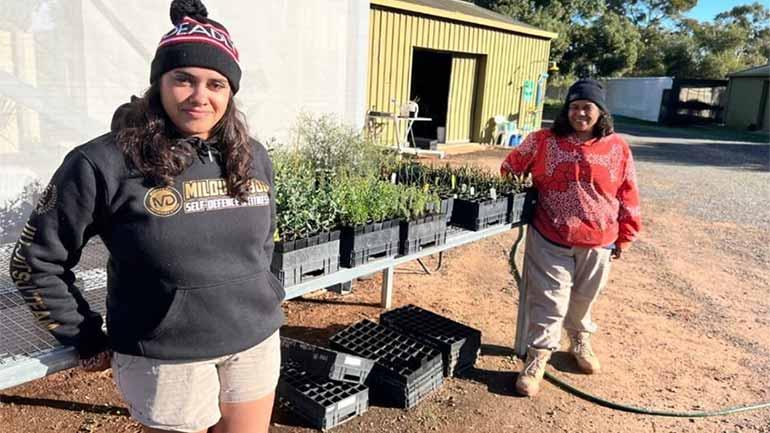

The MDBA’s Mildura Regional Manager Dr Andrew Kremor said the organisation recognised the deep cultural, social, environmental, spiritual and economic connection that First Nations people have to their lands and waters.
“The First People of the Millewa-Mallee Aboriginal Corporation, through their cultural heritage seed bank and Belar Nursery, are achieving great results revegetating the land and waterways of the Murray Mallee and Lower Mallee Country, and they are doing so much more.
They’re passing on this knowledge through their employment and training programs, ensuring current and future generations share in their expertise, which is great news for the Basin’s future."
Cultural rangers
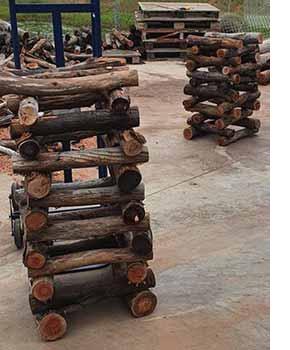
Ms Stephens said cultural rangers also played an important role as river rangers.
“Our river rangers look after aquatic ecosystems, fish habitat and future fish hatchery establishment, site restoration, and rehabilitation of natural landscapes and riverine environments in their part of the Basin.
To support this important work and build upon their knowledge, in 2022 the cultural rangers completed a Certificate III in Conservation and Ecosystem Management."
Image: Fish hotels under construction waiting to be placed in the water ready for their new tenants. Credit: First People of the Millewa-Mallee Aboriginal Corporation
Ms Stephens said everyone at the Belar Nursery and Biocultural Resource Centre is encouraged to participate in a community of practice – to exchange ideas, share what works and what doesn’t work with others who work with native plants.
Contact the MDBA media office at media@mdba.gov.au or 02 6279 0141
Contact the CEWH media office at media@environment.gov.au or 02 6275 9880
Contact the NSW media office at media@dpie.nsw.gov.au or 0499 699 460